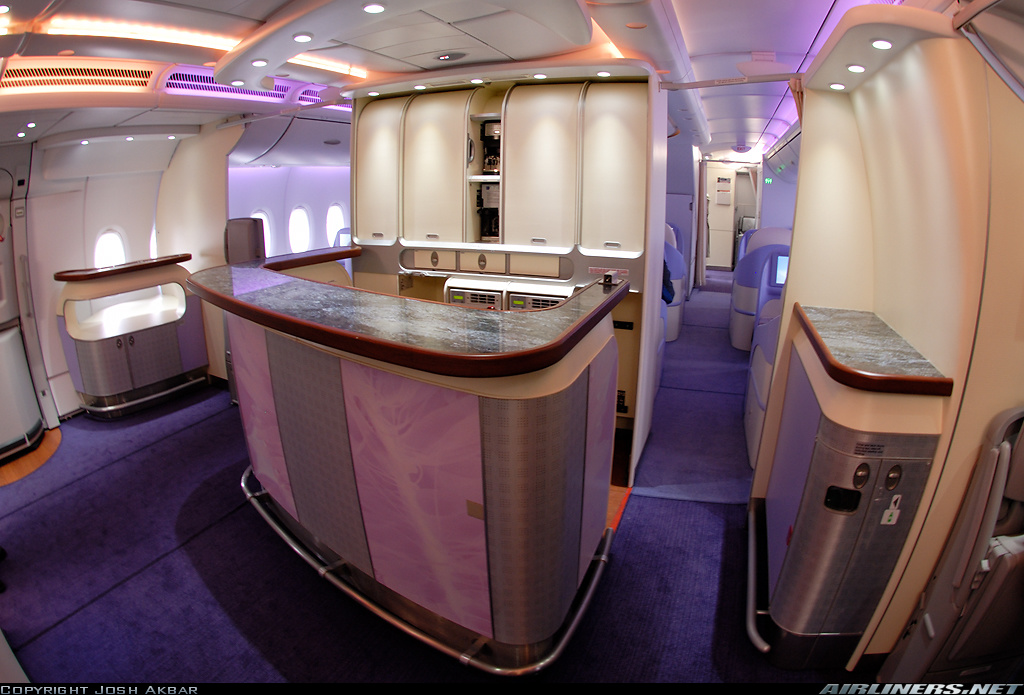A team of 52 graduate students of the University of Maryland has successfully flown their human-powered helicopter called the Gamera this week Thursday. The project was started in a bid to set an aviation 'first', a world record, and to win the $ 250 000 Sikorsky Challenge. Although the aircraft successfully lifted off in the air, it is still unofficial as the results still have to be analysed by the NAA and the Federation Aeronautique Internationale in Switzerland.
The helicopter is made of light weight materials such as balsa wood, mylar, carbon fiber, and foam. The backbone of the helicopter is a massive X frame with each crossbar measuring 60 ft. (18 m). At the ends of the crossbars are four huge rotors 42 ft long (12.6 m). The pilot seats in the middle and will have to peddle furiously to fly the thing. Although the whole aircraft takes up about a third of a football field, it only weighs 210 pounds, plus the pilot.
The pilot for this Thursday's successful trial is Judy Wexler, a 24 year-old Graduate student of the University of Maryland. Being the pilot, she has to pedal furiously with both her hands and feet as pedaling at 120 rpm will cause the rotors to spin at only 18 rpm. Although the length of the entire flight and the height at which the helicopter reached is uncertain as of now, what is certain is that the aircraft did lift off the ground and that's all they need to beat the world record. Sadly, the Sikorsky Challenge requirements of at least 3 m of altitude and a 1 min flight duration was not met.
It's interesting to note that the Sikorsky Challenge was issued in 1980 and as of today, no one has been able to meet this challenge.















